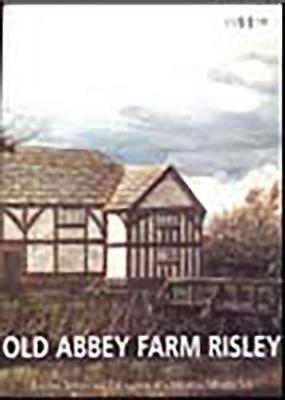Lancaster Imprints
1 primary work • 2 total works
Book 10
The remains of Pilkingtons' No 9 Tank House represent a unique survival from the 19th century, an period of rapid development within the glass industry characterised by innovative but short-lived design. These remains are now recognised as the most complete known glass furnace structures of their era. Between 1991...Read more
The remains of Pilkingtons' No 9 Tank House represent a unique survival from the 19th century, an period of rapid development within the glass industry characterised by innovative but short-lived design. These remains are now recognised as the most complete known glass furnace structures of their era. Between 1991 and 1997, Lancaster University Archaeological Unit (now Oxford Archaeology North) conducted a programme of standing building survey, excavation, and oral and documentary research, targeted on the remains on the 'Hotties' site, in St Helens, Merseyside. The tank house was purpose-built by Pilkingtons in 1887 for the manufacture of window glass using the blown cylinder method; the cone house element of the complex still stands, and is an impressive Grade II Listed building. The investigations revealed the surviving base-level remains of a continuous tank furnace, with its regenerator chambers and gas supply flues still largely intact. This report on the excavation of the site includes chapters on the historical background to glass making at Pilkingtons, the phases of construction and redevelopment at the 'Hotties' site, working conditions and industrial relations, and a discussion of the role of Pilkingtons in the development of the British glass industry.
Old Abbey Farm, Risley
by Richard Heawood, Christine Howard-Davis, Denis Drury, and M. Krupa
Published 28 February 2004
During the 1990s, Oxford Archaeology North (then Lancaster University Archaeological Unit) conducted a programme of evaluation, building recording, excavation and documentary research at Old Abbey Farm, Risley. This small moated site, now in Warrington Borough, was probably constructed after the sub-division of the manor of Culcheth in 1246; timbers...Read more
During the 1990s, Oxford Archaeology North (then Lancaster University Archaeological Unit) conducted a programme of evaluation, building recording, excavation and documentary research at Old Abbey Farm, Risley. This small moated site, now in Warrington Borough, was probably constructed after the sub-division of the manor of Culcheth in 1246; timbers dated by dendrochronology have suggested that a late thirteenth or possibly early fourteenth century aisled hall formerly stood on the moated platform. In the late medieval period the aisles were removed and new timber framing was built below the arcade-plates; the renovated hall was accessed by a substantial fifteenth century timber bridge. A crossing was added to the hall in the mid sixteenth century and the bridge across the moat was rebuilt in stone. From the seventeenth century, the house was subject to piecemeal underpinning and rebuilding in brick, and was extended in the mid eighteenth century. The project provided a rare opportunity to record a building during demolition and subsequently excavate below it, thereby maximising the information retrieval. The project was a runnerup in the British Archaeological Awards for 1996. The project has been generously supported by UK Waste Management Limited (Biffa Waste Services Limited) throughout.

